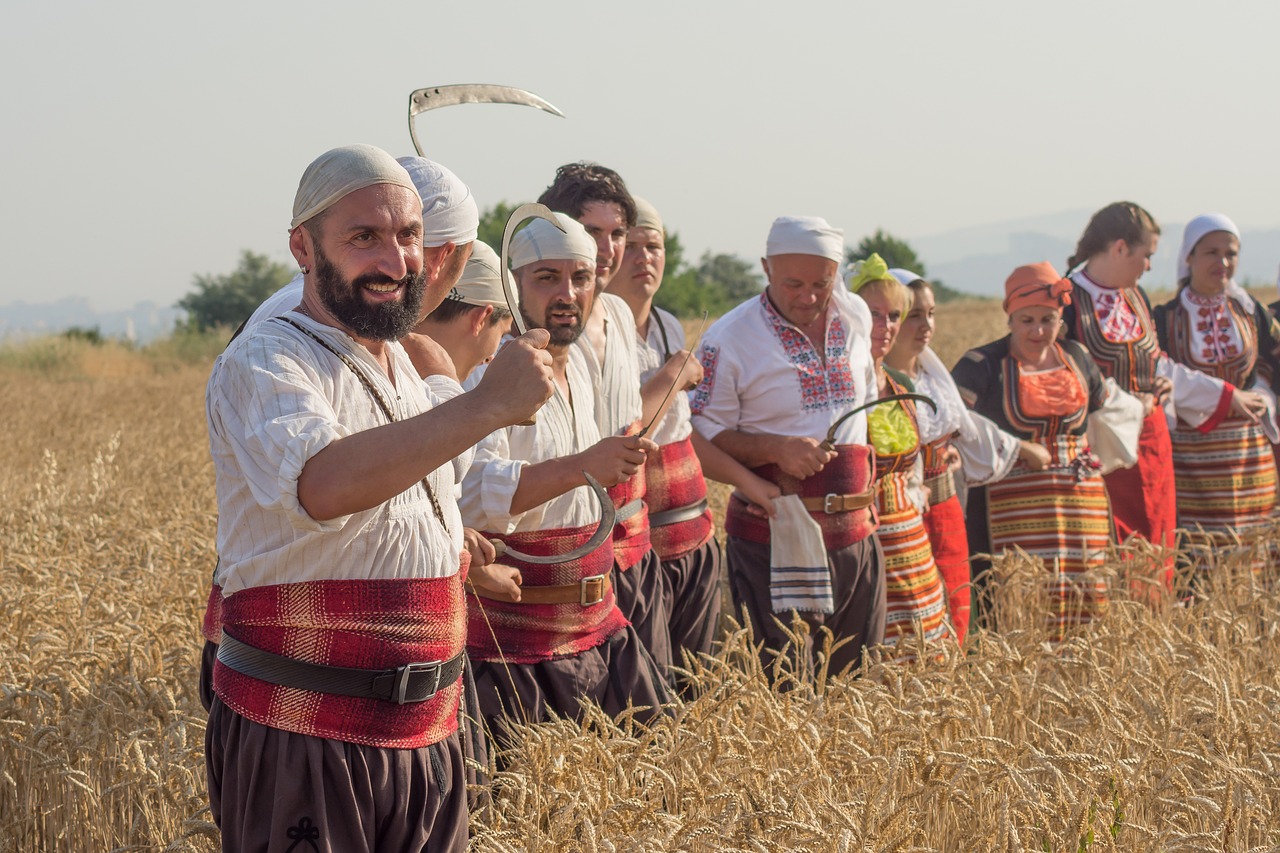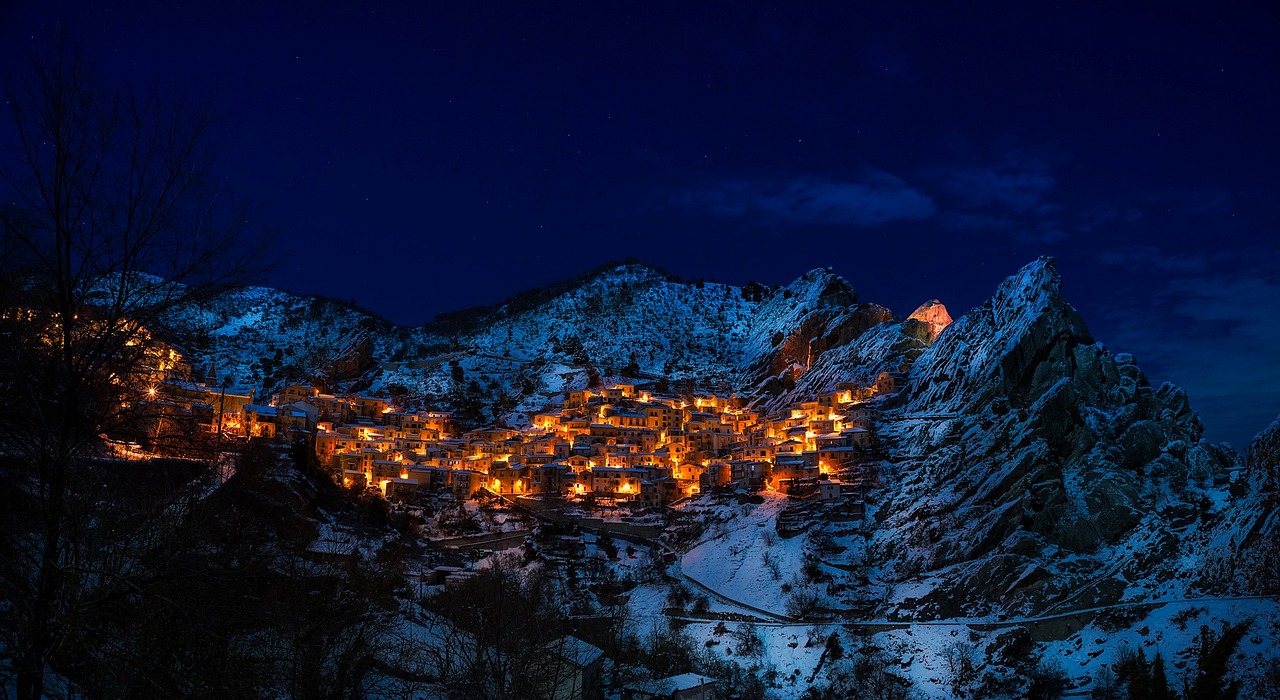In the heart of Sofia, Bulgaria, stands the St. Sofia Temple, an ancient symbol that has recently been unveiled to the public. Like a time capsule, this historic church transports visitors back to the 6th century when it was originally constructed by Emperor Justinian. Situated atop the foundations of older Christian temples and the city’s necropolis, the temple holds fragments of mosaic that whisper stories of the past. Throughout its long history, the St. Sofia Temple has experienced various transformations, serving as a metropolitan church, a mosque, and enduring periods of abandonment. Today, it stands as a testament to the city’s rich heritage and serves as a significant landmark. Its doors are open to visitors who can explore its architectural beauty, marvel at the restorations that have brought it back to its original glory, and discover attractions such as the grave of Bulgarian writer Ivan Vazov and the monument of an Unknown Warrior. The temple’s association with cultural events like the International Music Festival Music Weeks in Sofia and the International Festival of Masquerade Games Surva in Pernik further adds to its allure. As a symbol of freedom, the St. Sofia Temple invites all who seek a deeper connection with history and a sense of liberation.
Key Takeaways
- St. Sofia Temple is one of the oldest churches in Sofia and is considered a symbol of the city.
- It was built in the 6th century by Emperor Justinian on the foundations of older Christian temples and the city’s necropolis.
- The temple has been renovated multiple times to resemble its original appearance and can accommodate up to 5,000 people.
- It was converted into a mosque during Ottoman Dominion and was deserted for a long time after earthquakes in the 19th century.
Location and History
The St. Sofia Temple, located in the center of Sofia, Bulgaria, is one of the oldest churches in the city and is considered a symbol of Sofia. It was built in the 6th century by Emperor Justinian on the foundations of older Christian temples and on the site of the city’s necropolis and other older churches. This ancient temple holds great historical and cultural significance for the city. Its construction represents the transition from pagan beliefs to Christianity in the region. The temple’s historical significance is further emphasized by the fact that it was a metropolitan church from the 11th to the 14th century and even gave its name to the city. The St. Sofia Temple stands as a testament to the rich history and cultural heritage of Sofia.
Architecture and Design
Located in the center of Sofia, Bulgaria, the architectural design of the historic St. Sofia Temple showcases elements of Byzantine influence. The temple’s construction, initiated by Emperor Justinian in the 6th century, reflects the grandeur and magnificence of Byzantine architecture. The influence of this architectural style can be observed in the temple’s dome, which is a prominent feature of Byzantine churches. Additionally, the use of intricate mosaics and decorative motifs further exemplifies the Byzantine influence on the temple’s design. Over the years, the St. Sofia Temple has undergone multiple renovations to preserve and restore its original appearance, allowing visitors to experience the architectural splendor of the Byzantine era. These efforts have ensured that the temple continues to stand as a testament to its historical significance and architectural beauty.
Tourist Information and Attractions
Situated in the heart of Sofia, Bulgaria, the Tourist Information Center at the underpass of Sofia University St. Kliment Ohridski provides visitors with essential information and assistance regarding the city’s attractions and events. This center serves as a valuable resource for tourists, offering a wide range of tourist services to enhance their experience in Sofia. Visitors can obtain maps, brochures, and information about historical landmarks, museums, and cultural events happening in the city. The center also provides guidance on transportation options, accommodation, and dining recommendations. Additionally, tourists can learn about upcoming festivals and cultural celebrations, such as the International Music Festival Music Weeks in Sofia and the International Festival of Masquerade Games Surva in the town of Pernik. With its knowledgeable staff and comprehensive resources, the Tourist Information Center is an invaluable hub for visitors seeking to explore Sofia’s rich cultural heritage.
Frequently Asked Questions
What is the significance of the St. Sofia Temple in Bulgarian history?
The St. Sofia Temple holds great significance in Bulgarian history. It is one of the oldest churches in Sofia and a symbol of the city. It has witnessed historical events and individuals, and is open for visitors. Nearby attractions and events include the Ethnographic Institute with Museum and the Night of Museums and Galleries. A virtual tour or map is available for the temple.
Are there any famous events or individuals associated with the St. Sofia Temple?
Famous events associated with St. Sofia Temple include the coronations of Bulgarian monarchs and the restoration efforts by Ivan Vinarov. These events highlight the temple’s historical and cultural significance in Bulgarian history.
How can I visit the St. Sofia Temple and what are its opening hours?
To visit the St. Sofia Temple, head to 2 Paris Street, Sofia. The temple is open from Monday to Sunday, 9:00 to 19:00. Explore the temple’s rich history and architectural beauty during these hours.
Are there any nearby attractions or events that visitors can explore after visiting the St. Sofia Temple?
Nearby attractions include the Ethnographic Institute with Museum in Sofia and the town of Svoge. Visitors can also explore the Night of Museums and Galleries event. Local festivals include the International Music Festival Music Weeks in Sofia and the International Festival of Masquerade Games Surva in Pernik.
Is there any virtual tour or map available for the St. Sofia Temple?
There is a virtual map available for the St. Sofia Temple, which allows visitors to explore its historical significance. This virtual tour provides an opportunity to discover the temple’s architecture and artifacts from the comfort of their own homes.











